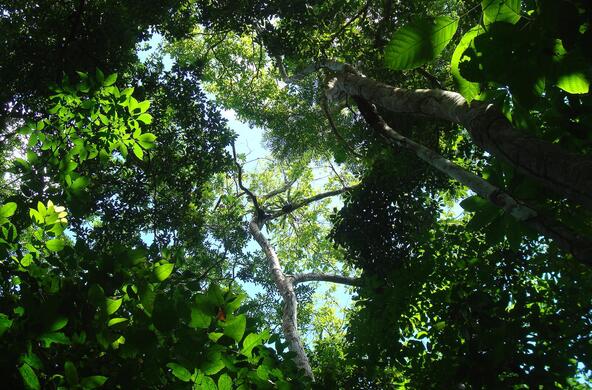Gene Likens recently co-authored an article in the Proceedings of the National Academy of Sciences (PNAS) addressing the challenges of untangling climate change impacts from other factors in forests. In assessing a major drop in nitrate loss from the Hubbard Brook Experimental Forest (HBEF), it was revealed that past disturbances, such as logging, must be included.
Located in New Hampshire, the HBEF hosts hundreds of long-term studies that comprise the most complete record of climate and watershed dynamics in the world. Analyzing long-term data on nitrogen, Likens and colleagues found that nitrate concentrations in streams are at a 46-year low, and nitrate loss from the watershed has decreased by 90%.
In identifying the mechanisms responsible for this change, variables such as airborne nitrogen pollution, climate change, and disturbance were assessed. Logging emerged as the biggest factor driving the shift in nitrogen dynamics. After extensive timbering in the White Mountains in the early 1900s, nitrate loss hit a high point in the 1970s, but now is steadily declining as the forest recovers.
The authors caution that, since forest ecosystems need centuries to rebalance from historical disturbances, scientists need to scrutinize their baseline data to separate such effects from climate change markers.





